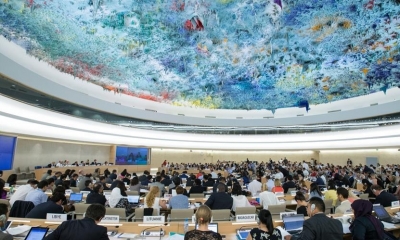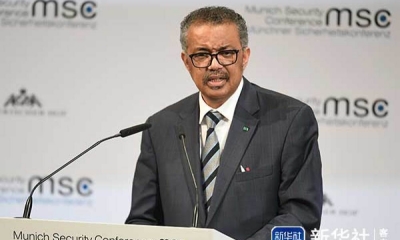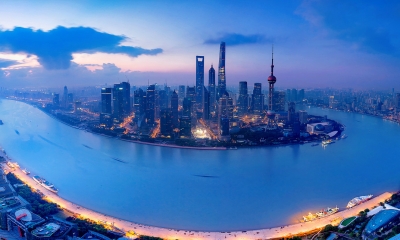Resolving the South China Sea Dispute by Building SCS Community with Shared Future
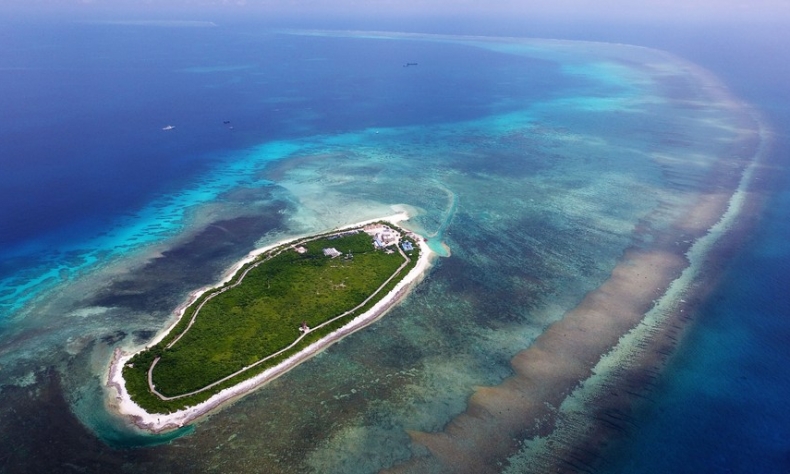
Sustainable political trust is the fundamental cornerstone for maintaining good relations between countries.
The US considers China as its biggest geopolitical challenge in the 21st century.
After the end of the Cold War, the US became the sole superpower in the world and its strategic goal, which has not changed over the years, is to ensure that there would not reemerge any adversarial power that is strong enough to threaten US global leadership.
The US deems China’s rise not only as a threat to the liberal international order but also posing a challenge to its global supremacy.
The Obama administration announced “Pivot to Asia” in 2011 and re-branded it as the “Asia-Pacific Rebalancing” strategy the following year. This move evidently shifted US strategic focus to this region and it began getting involved in the South China Sea dispute. Trump labelled China as America’s strategic rival and replaced Obama’s “Asia-Pacific Rebalancing” strategy with the “Indo-Pacific Strategy” in 2017, intensifying all-round containment of China. The “Indo-Pacific Strategy” has since become the top priority in Washington’s global strategic plans.
President Joe Biden adopted Trump’s Indo-Pacific Strategy in totality after assuming office in January 2021. He upgraded the Quadrilateral Security Dialogue to be an important China containment mechanism and implemented the strategic goals and actions set in the Indo-Pacific Strategic Framework. On September 15, 2021, the US, the UK and Australia announced the establishment of the trilateral security partnership, known as AUKUS, to further intensify the military deterrence and strategic containment against China.
The South China Sea has become the pivot of China-US geopolitical contest as the US shifted its global strategic focus to the Asia Pacific. In order to effectively overcome the geopolitical challenges in the post-pandemic era, and to break the all-round containment by the US in the region and in the economic, military, diplomatic, and technological fields, China has to first resolve the South China Sea issue.
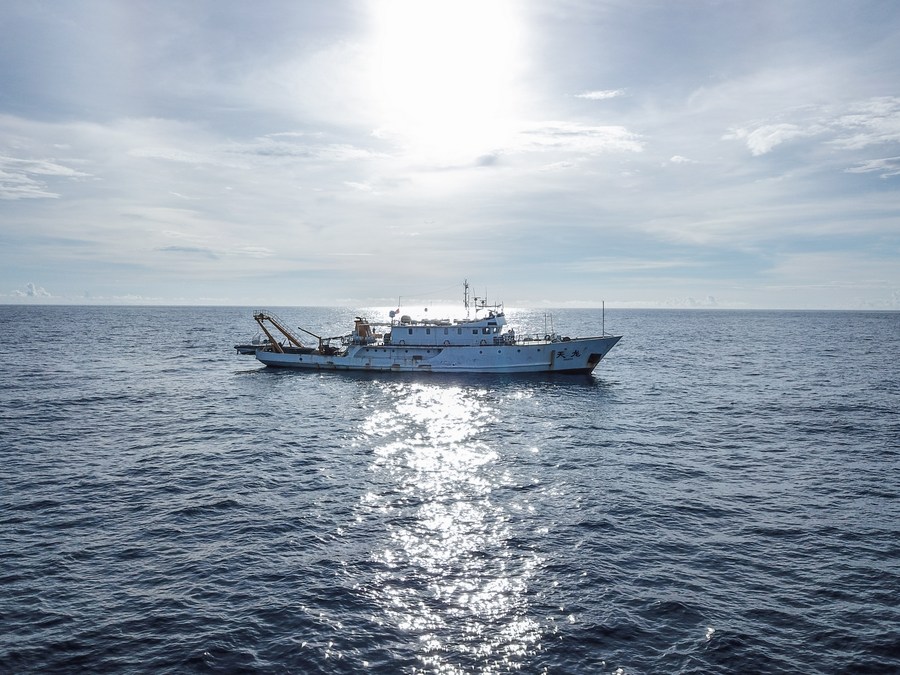
China and ASEAN (Association of Southeast Asian Nations) are immediate neighbors, but they are not so close as partners. The long-standing South China Sea dispute is an important contributing factor that has caused a negative perception of China among some ASEAN countries. It is, therefore, imperative for China to break out from the conventional think-box, and face up to the dispute from a long-term strategic standpoint and make strategic concessions if necessary.
Under the principle of “shelving disputes and joint development”, China and ASEAN should implement the concept of a maritime community with a shared future by building “South China Sea (SCS) Community with a Shared Future” comprising China, Vietnam, the Philippines, Malaysia, Singapore, Indonesia, and Brunei.
The South China Sea dispute would be easier to resolve without the interference of forces from outside the region. In the spirit of “fairness and reasonableness, joint contribution and shared benefits”, China and related ASEAN countries can resolve the South China Sea dispute amicably, develop maritime resources through orderly cooperation, and work together to address other common issues such as maritime pollution and eco-environmental degradation.
Under the framework of the “SCS Community with a Shared Future”, member states can form a joint patrol fleet to safeguard regional security, carry out search and disaster prevention on the sea, fight maritime crimes, protect navigational security, mediate fishing disputes, and supervise compliance with the “Declaration on the Conduct of Parties in the South China Sea” (the DOC) by member states.
A further proposal is the establishment of a “South China Sea Fishery Cooperation Network”. Through this organization, China can share its mariculture expertise and poverty alleviation experience with the South China Sea littoral states thereby reducing the fishermen’s reliance on deep-sea fishing and effectively implementing the summer fishing moratorium. This will not only lessen fishing disputes and cool down regional tensions, but also preserve the marine ecology in the region and promote its sustainable development.
ASEAN countries and China are neighbors with close economic and trade ties. In 2010, the China-ASEAN Free Trade Area was established and ASEAN became China’s largest trade partner in 2020. The ASEAN countries are early supporters of the Belt and Road Initiative. The landmark high-quality BRI project in the region, the China-Laos Railway has already commenced operation on December 3, 2020, and the China-Thailand Railway, an artery connecting the East Thailand Economic Corridor with China, is under construction in full swing. Once these two railways are fully operational, the ASEAN countries will be connected to China and Eurasia through the Pan-Asian railway network.
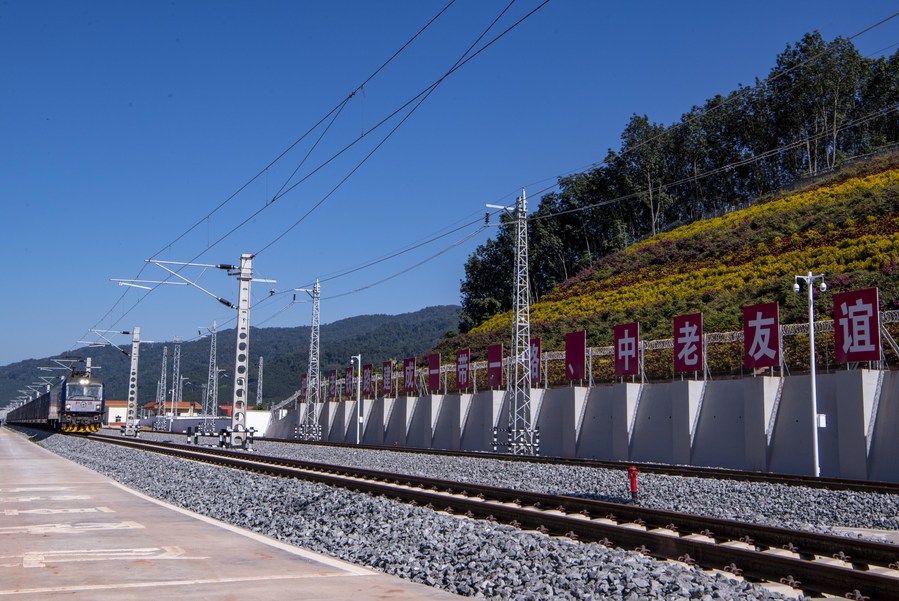
With a complete and efficient industry chain, China is the world factory, and it is also the largest and fastest-growing consumer market. China and ASEAN in fact enjoy a high level of economic complementarity and integration. Leveraging on the regional economic cooperation agreements, China can enjoy zero tariffs and a one-for-all certificate of origin for trade merchandise. With the geographical advantage, China can further its industrial capacity cooperation with ASEAN through extending its industry chain to the region, by turning ASEAN countries from an “external circulation” to an “internal circulation”, thus forming a “Super China-ASEAN Dual Circulation”.
China and ASEAN countries are neighbors, connected by mountains and rivers, with similar cultures and shared values, close economic relations, and capacity synergies. For hundreds of years, Chinese navigators, merchants, and fishermen have travelled to Southeast Asia through the South China Sea, the maritime Silk Road, and from there to the rest of the world. The South China Sea should be a sea of peace, friendship, and cooperation, not a battlefield for geopolitical competition.
Upon resolving the disputes in the South China Sea through the “South China Sea Community with a Shared Future”, China and ASEAN should actively forge a “Pan-South China Sea Partnership”, strengthen the cooperation and mutual understanding between the governments of China and ASEAN countries, and establish long-term and sustainable political trust.
From the geopolitical perspective, trade volume is not the only ballast stone in gauging country-to-country relations. This is well illustrated by the relations between China and Japan, and between China and the United States. Sustainable political trust is the fundamental cornerstone for maintaining good relations between countries.
The article reflects the views of the author and not necessarily those of China Focus.
 Facebook
Facebook
 Twitter
Twitter
 Linkedin
Linkedin
 Google +
Google +




